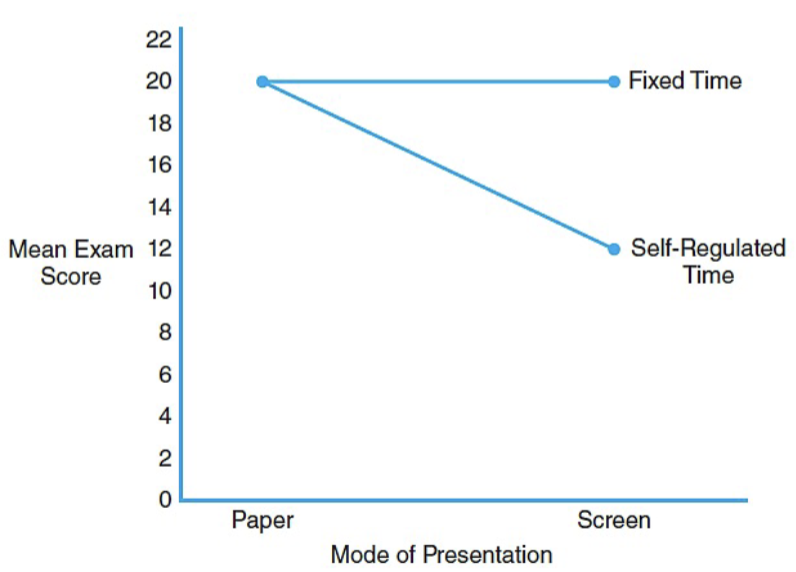PSYC300 Exam 3: Factorial Design
1/27
There's no tags or description
Looks like no tags are added yet.
Name | Mastery | Learn | Test | Matching | Spaced |
|---|
No study sessions yet.
28 Terms
Factor
An explanatory variable (synonym for IV/PV)
Factorial design
Research design that includes 2 or more factors, e.g., 2×3×2—3 factors with 7 conditions
Factorial design disadvantages
-more complex
-harder to control all variables (lower internal validity)
-need more participants to have enough power
Factorial design advantages
-more efficient than doing separate experiments to test the effect of each IV
-more external validity
-allows for testing of main effects & interactions
Main effect
Mean differences among the levels/conditions of one factor
There is the same number of main effects as __
Factors
Interaction
One factor has a direct influence on the effect of another factor
T/F: Independent variables have interactions
False
One drug exaggerating the effect of another drug is an example of what?
Interaction
How can you tell if an interaction is present?
The lines denoting the difference between the main effects aren’t parallel

The two-factor study allows researchers to evaluate three separate sets of mean differences, which are…
Mean differences from the main effects of factor 1, 2, and interaction between factors
What are the different types of factorial designs?
-between
-within
-mixed
-combined
Between factorial design
All factors manipulated between participants
Within factorial design
All factors manipulated within participants
Mixed factorial design
At least one factor manipulated between & within participants
Combined factorial design
One factor is experimental and another isn’t; may or may not be mixed
__ depends on the level of measurement for the DV—continuous or discrete?
Statistical analysis
Statistical analysis also depends on what?
-level of measurement of factors (continuous/discrete)
-what the factors are (between, within, etc.)
What statistical analysis do we use for a between subjects design with a continuous DV & discrete factors?
N-way ANOVA
What statistical analysis do we use for a between subjects design with a continuous DV & continuous factors?
ANCOVA
What statistical analysis do we use for a within subjects design with a continuous DV & discrete factors?
N-way repeated measures ANOVA
What statistical analysis do we use for a within subjects design with a continuous DV & continuous factors?
Repeated measures ANCOVA
What statistical analysis do we use for a mixed design with a continuous DV?
Repeated measures N-way ANOVA
What statistical analysis do we use for a combined/non-manipulated design with a continuous DV?
-between: N-way ANOVA/ANCOVA
-within/matched: repeated measures N-way ANOVA/ANCOVA
When do we use ANOVA?
With discrete factors
When do we use ANCOVA?
With continuous factors
What do you do if the main effects are significant?
Post-hoc analyses
Post-hoc analyses
-Bonferroni corrections (conservative; reduced power; higher threshold for rejection—smaller alpha)
-Tukey test (honest significant test)—groups have equal variance